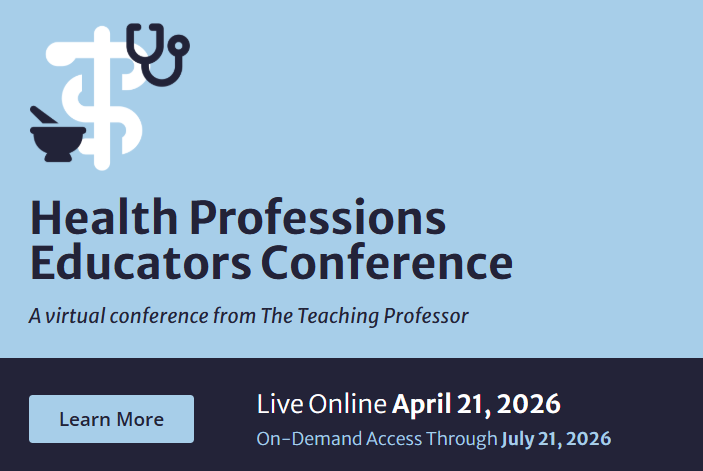
Using Metacognition to Reframe our Thinking about Learning Styles
References to learning styles have become commonplace when faculty and students discuss learning experiences. Although learning styles seem to provide a useful explanation of why students perform differently on different tasks, there is a lack of methodologically sound research confirming their existence in the way they are most often described (Reiner & Willingham, 2010). In fact, most research suggests that people do not use one discrete style to learn new information but vary considerably in the methods they use to learn (Paschler, et al., 2009). Rather than relying on learning styles, focusing instead on metacognition can provide students with strategies that can be adapted and applied based on the learning environment and task. In this article, we briefly address the research on learning styles and metacognition and provide examples of activities to help students develop key metacognitive behaviors.




